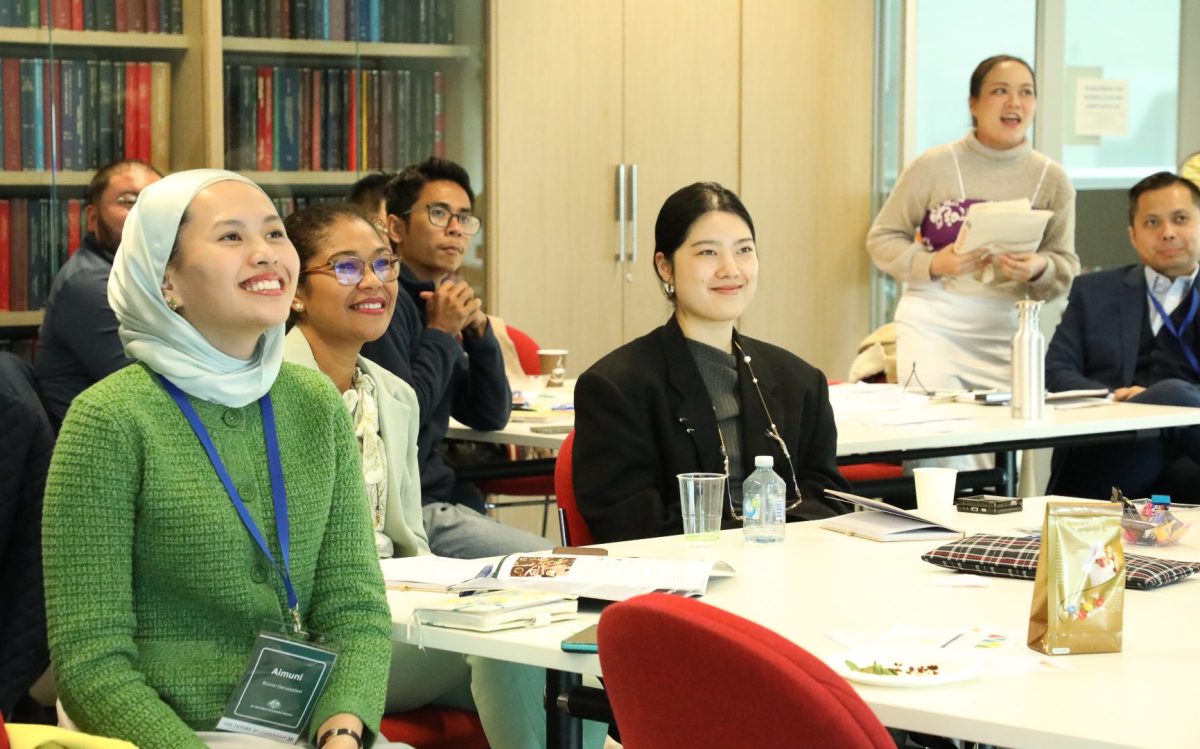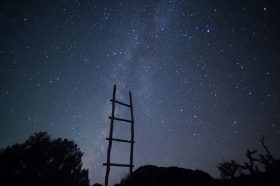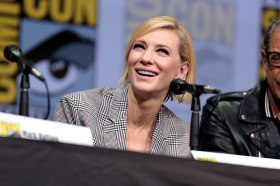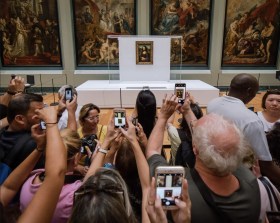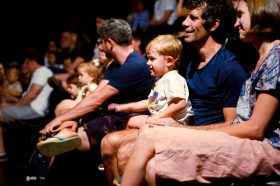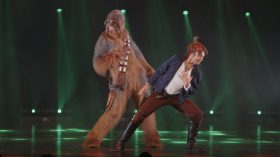Recently I took part in the Future of Leadership program, an initiative designed to bring together emerging leaders from Southeast Asia and Australia to build stronger connections and envision the possibilities for our region.
Participants from Singapore, Malaysia, Vietnam, Cambodia, Thailand, Laos, Brunei, Timor Leste and more brought their expertise and experience from a range of professional backgrounds, including government, foreign affairs, education and advocacy. While I was the only participant coming from the arts and culture sector, I found that many of our values around the future of leadership were aligned and deeply intertwined.
Before the course began, we were sent a reading that detailed five leadership shifts towards building thriving organisations for a new era. Many of the points outlined, such as inclusivity, collaboration and authenticity, are things I already see taking place in our arts sector, championed by artists and arts workers alike.
As I reflect on this experience and recent conversations around leadership in the arts, some common themes started to emerge. While several of these changes are already implemented by individuals and organisations, others may come as a surprise.
I hope that by sharing these learnings, we are injecting more optimism and courage to those who seek to implement change in their sectors.
In this article:
Rarely is leadership ‘natural’
On the first day of the week-long course we were given the provocation: ‘Do you consider yourself to be a natural leader?’
I, for one, do not consider myself to be a natural leader. In a group setting I don’t tend to come off as assertive or feel the need to take charge unless the situation poses a need for me to step up. However, someone who is not a natural leader does not mean they lack the ability to be one.
I learned on the final day when the cohort sat down to share our reflections that this is true for many of the participants. They may lead a team (a country even) and make important decisions, but don’t consider themselves to be leaders by nature. Instead, leadership has come as a result of situation or planning.
When someone is not born a leader but becomes one, it’s less about ego and more about responsibility. I felt this when I took charge of the Amplify Collective, which was an opportunity to strategically implement the changes I want to see in this sector through making space for others.
I think in a competitive working environment, people are often quick to judge the capability of others. It’s why extroverts are more likely to land jobs and get higher salaries, but studies have found introverts can actually make better leaders.
Honesty, transparency and truth-telling
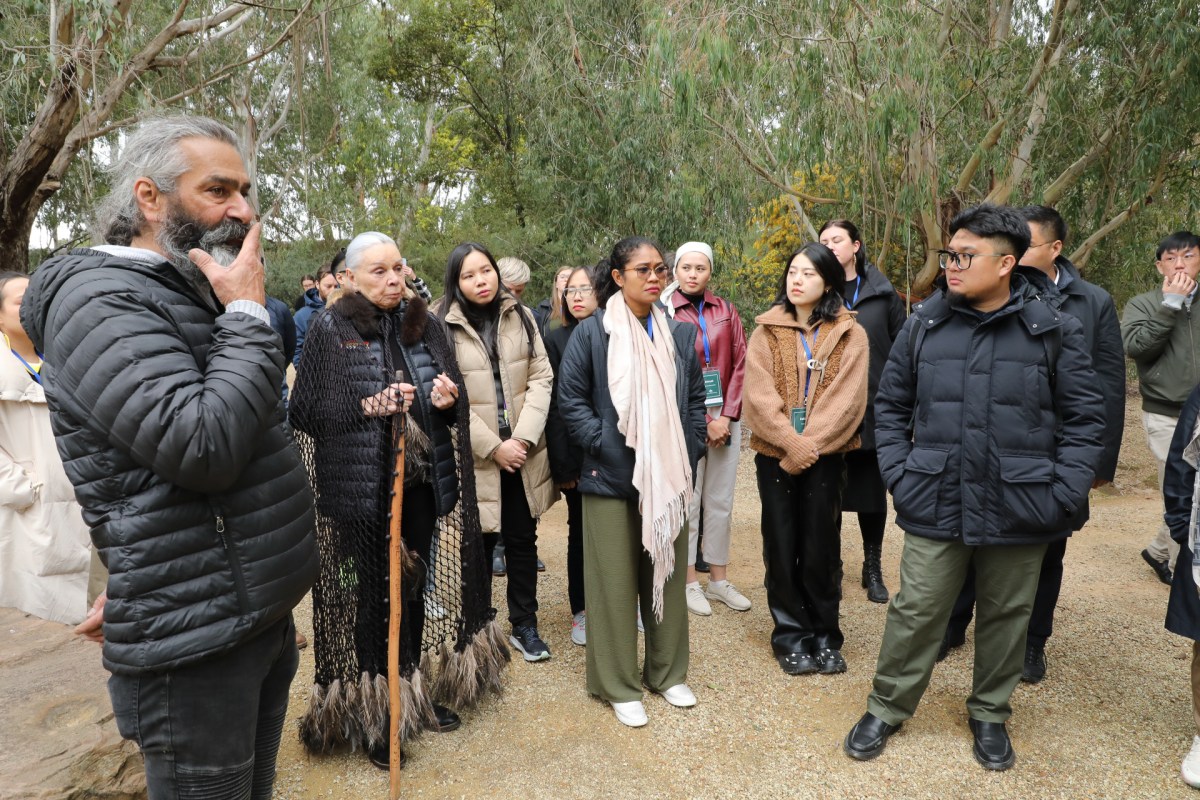
What the program did really well was to champion truth-telling when it comes to our colonial history from the perspective of First Nations people. We had the honour of hearing from Aunty Lois Peeler at Worawa Aboriginal College, on First Nations storytelling and sovereignty. Oral tradition is something that many Southeast Asian Indigenous cultures share and a practice that resonated with course participants.
If you think about it, good leadership is also about honesty, transparency and truth-telling – and that takes courage. It’s not always easy to admit to your own shortcomings or deal with difficult situations, but honest, transparent and truthful communication can empower others to make the right decisions.
Creativity plays a part
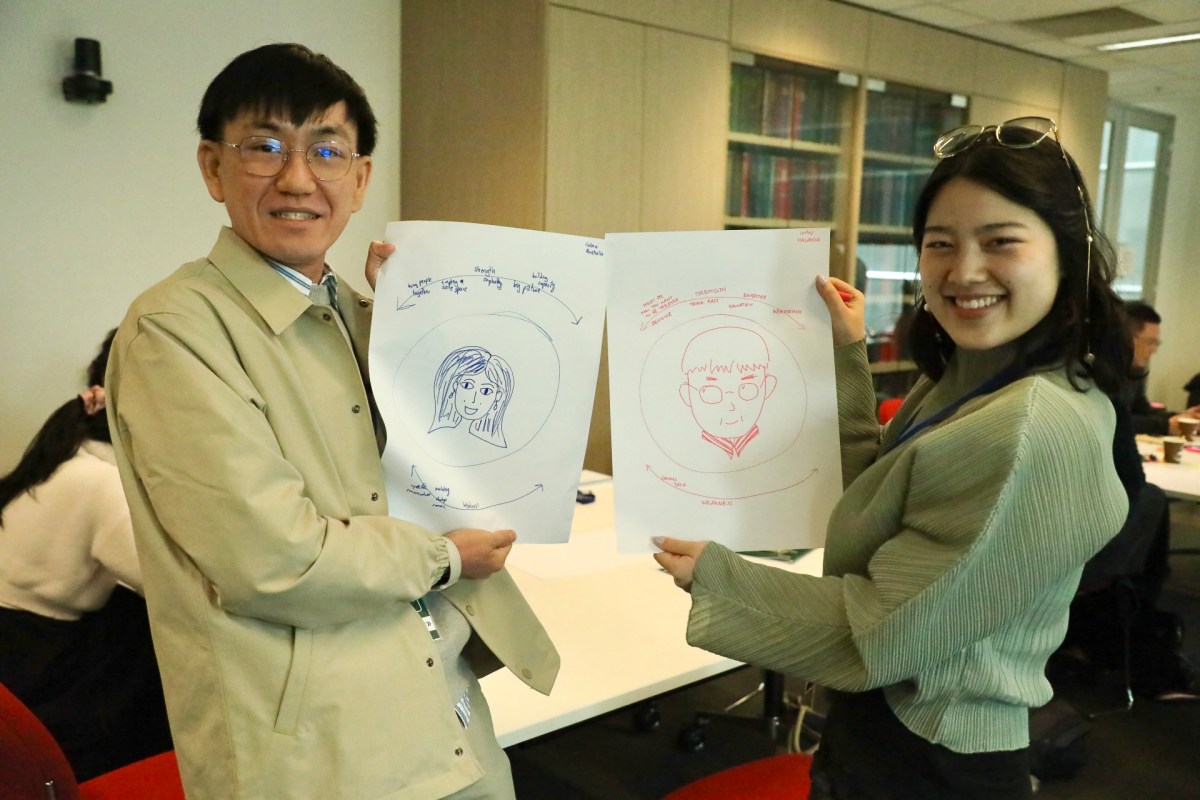
In order to be a visionary, leaders need to be creative and think outside the box. Art can be used as a vehicle for self-expression, storytelling and engagement.
One of the exercises we did as a cohort was to interview each other about our leadership strengths and weaknesses while completing a portrait. The process encourages close observation and engagement, and the end product is a delightful manifestation of the conversation.
The Creative Hubs group also enjoyed an off-site team-building day filled with art-making recently, check it out here.
Recognise your potential for change but stop trying to be a hero
When we talk about leadership, we tend to form an image of a single person (oftentimes white and male) standing on top of a mountain with arms raised. Somehow they have single-handedly conquered what others can only dream of, but not dared to do, and now they are rewarded with “success”.
This stereotypical image can no longer serve the world we are in today. We need leaders to inspire, to believe in themselves and others to be change-makers, but we don’t need them to be a hero or a saviour.
Leaders who try to be heroes can often be hard on themselves, feel as if they must bear all the burden of any mistake, and oftentimes end up over-compromising and producing an outcome that is detrimental to all parties involved. Hero leaders feel the need to block everyone else out in fear of appearing weak, and instead of changing course, they persevere even when a bad decision has been made.
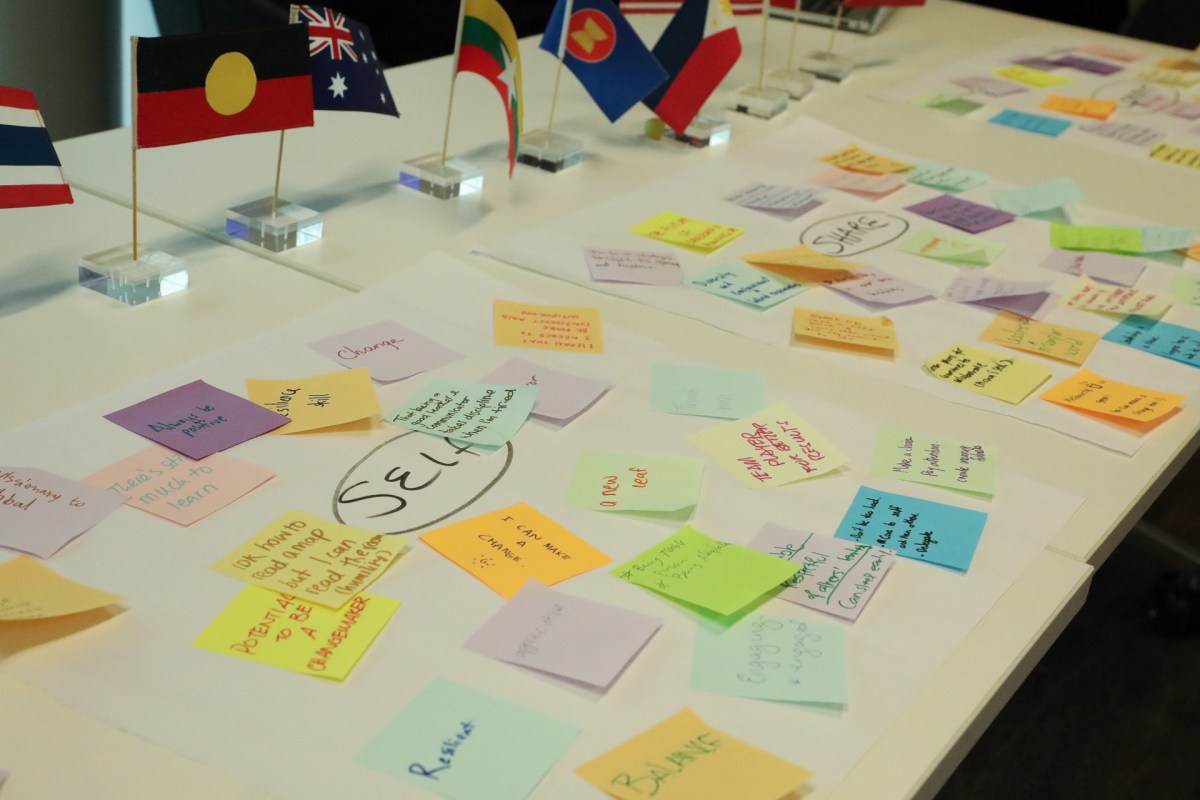
But on the other hand, those who may feel some level of self-doubt, or at times, like an imposter, should be supported and encouraged to have their voices heard. We should all recognise each other’s potential for change.
Personally, I find comfort in the fact that there are others like me who share the same goals and aspirations, rather than this image of a sole leader swimming against the current.
Leadership is care
Throughout the course, our amazing facilitators not only ensured that we were learning and sharing knowledge, but also well-nourished physically – the fact that many of the participants recalled food as one of their favourite components of the course says a lot.
Showing guests hospitality – sometimes in overly extravagant ways – is something many of us in Asian cultures grew up with. And I must say that many of my deepest conversations and bonding moments throughout the program occurred during tea breaks and at dinner tables, where differences between cultures and individuals broke down organically over a hearty meal.
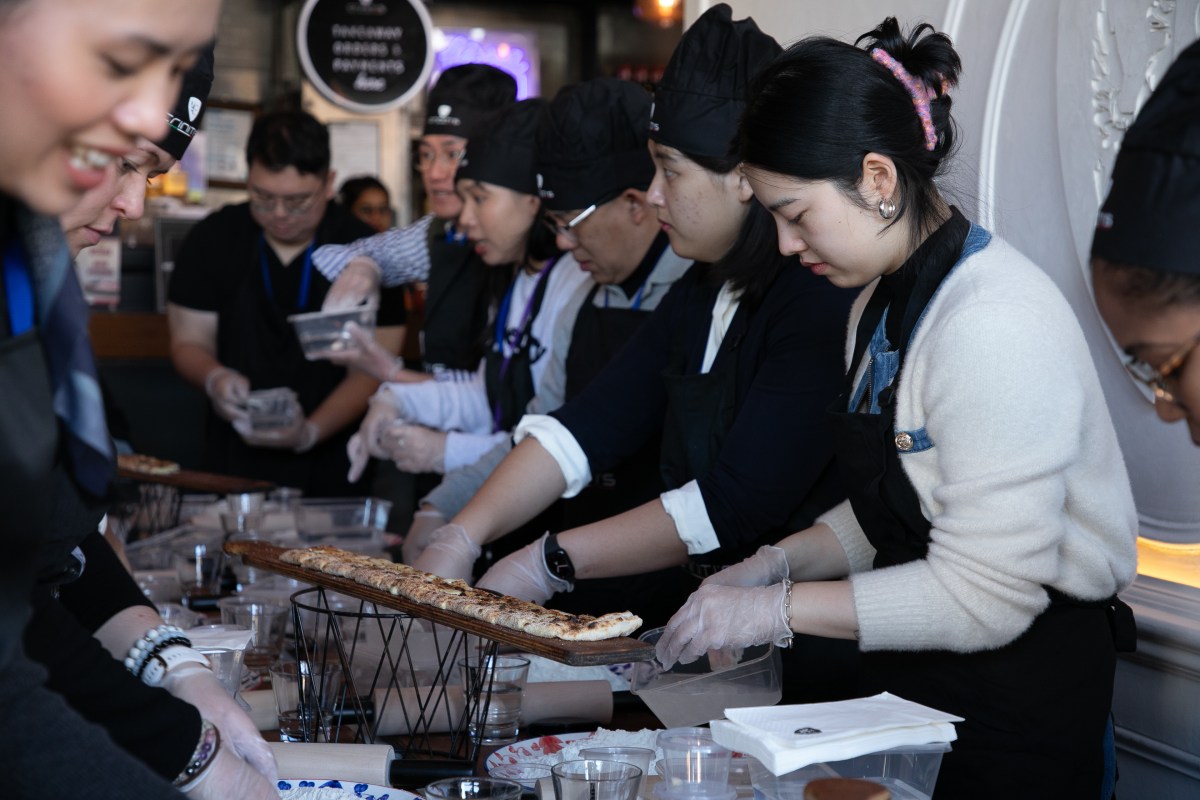
It made me think about care as another form of leadership. Caring makes people feel seen, and when you are seen, you are more likely to feel confident and be authentic. Caring is an essential characteristic of a leader who hopes to foster an enabled and empowered team.
There are many ways one can show care, and it doesn’t have to be verbal. In my culture, people who care may not ask, ‘Are you OK?’, but they will always ask, ‘Have you eaten?’ and make sure you don’t go on a hungry stomach.
Step down to step up
To an extent, the prompt “future of leadership” recognises that existing structures no longer serve the best interests of our fluctuating world. Many of us envision a future where everyone can have their voices heard and respected.
For some, it means recognising their potential as leaders; for others, it may be stepping down to make space for those who have been marginalised or disadvantaged.
Even if you are someone with an executive title, consider whether you are the right person to lead the charge in a specific situation. Perhaps you already have enough on your plate, or your team needs some freedom and less control to thrive. It can be difficult for some to tread the thin line between responsibility and micro-managing, but remember, stepping down can also be a form of stepping up to foster a better outcome for all.
Be hopeful, not idealist
One of the most valuable attributes of a leader is hopefulness. Believing in a better future and its possibilities allows us to take a leap of faith and bring people along with us.
There is, however, a difference between being hopeful and being an idealist. While the former is critical for drive and ambition, the latter can result in a loss of faith from your team if deemed unobtainable.
Working in the creative arts can sometimes form a bubble where we are surrounded by like-minded peers. But a trip to Victoria’s Parliament House – where as a young woman of colour you don’t see yourself represented – was sobering. It’s a reminder that we very much still operate from a colonial legacy that is deeply entrenched in structures of power. The takeaway is: don’t wait for the bubble to burst before taking charge.
Good leaders lead by example and an optimistic mindset is essential, but don’t be an idealist and, instead, plan out practical steps for change.
These are my biggest learnings from the Future of Leadership program, and it has instilled faith in me to have hope and be brave.
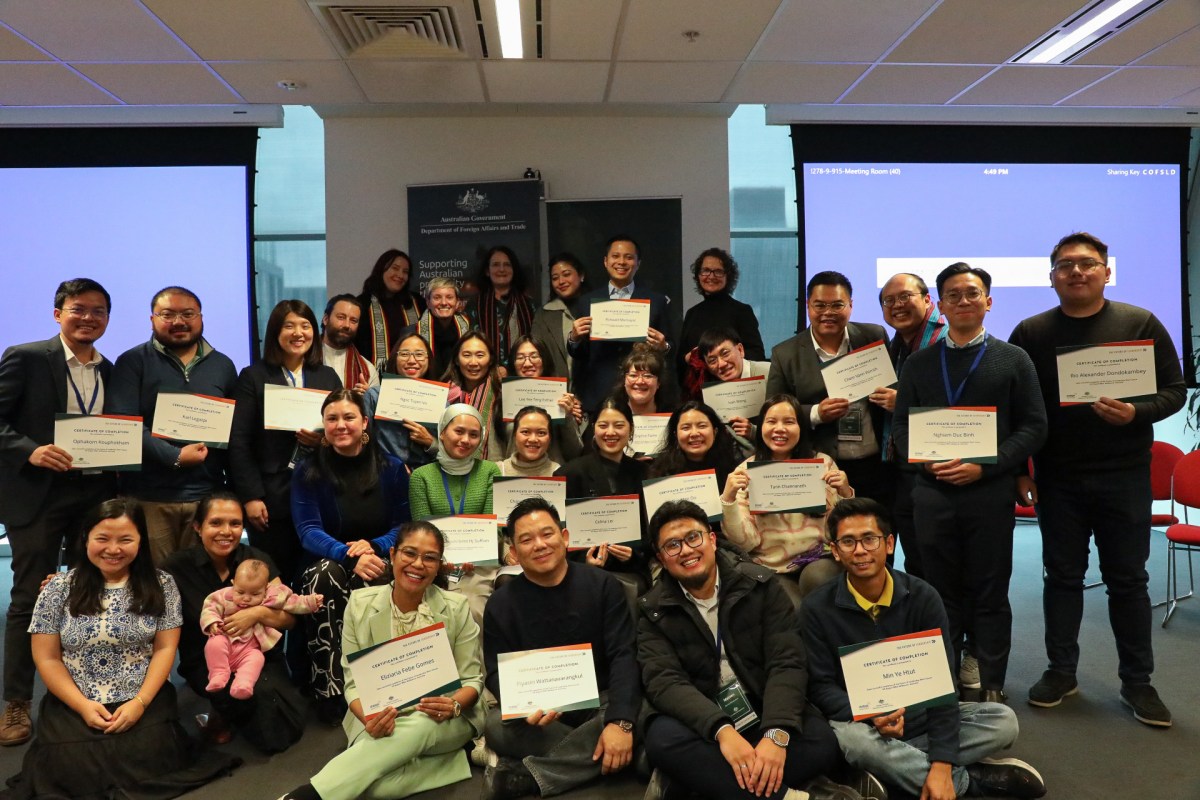
The Future of Leadership program is an initiative of the Australian Department of Foreign Affairs and Trade (DFAT), facilitated by Strategic Development Group and Asia Education Foundation.
This writer participated in the fifth iteration of the program from 2-8 August 2024.
